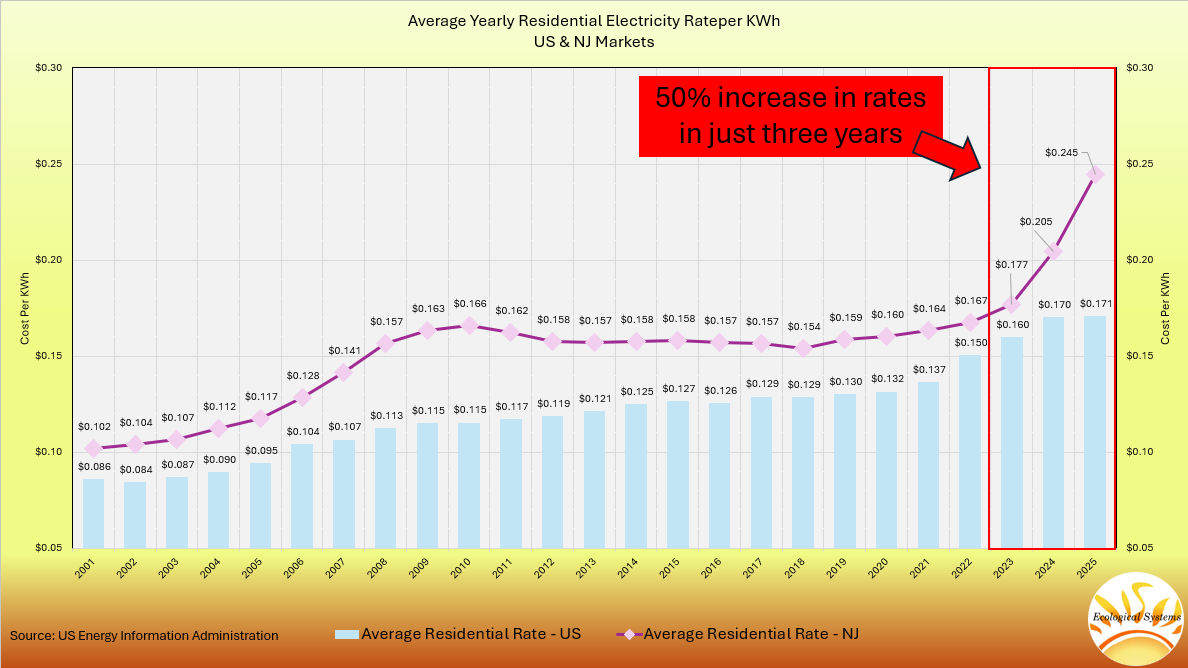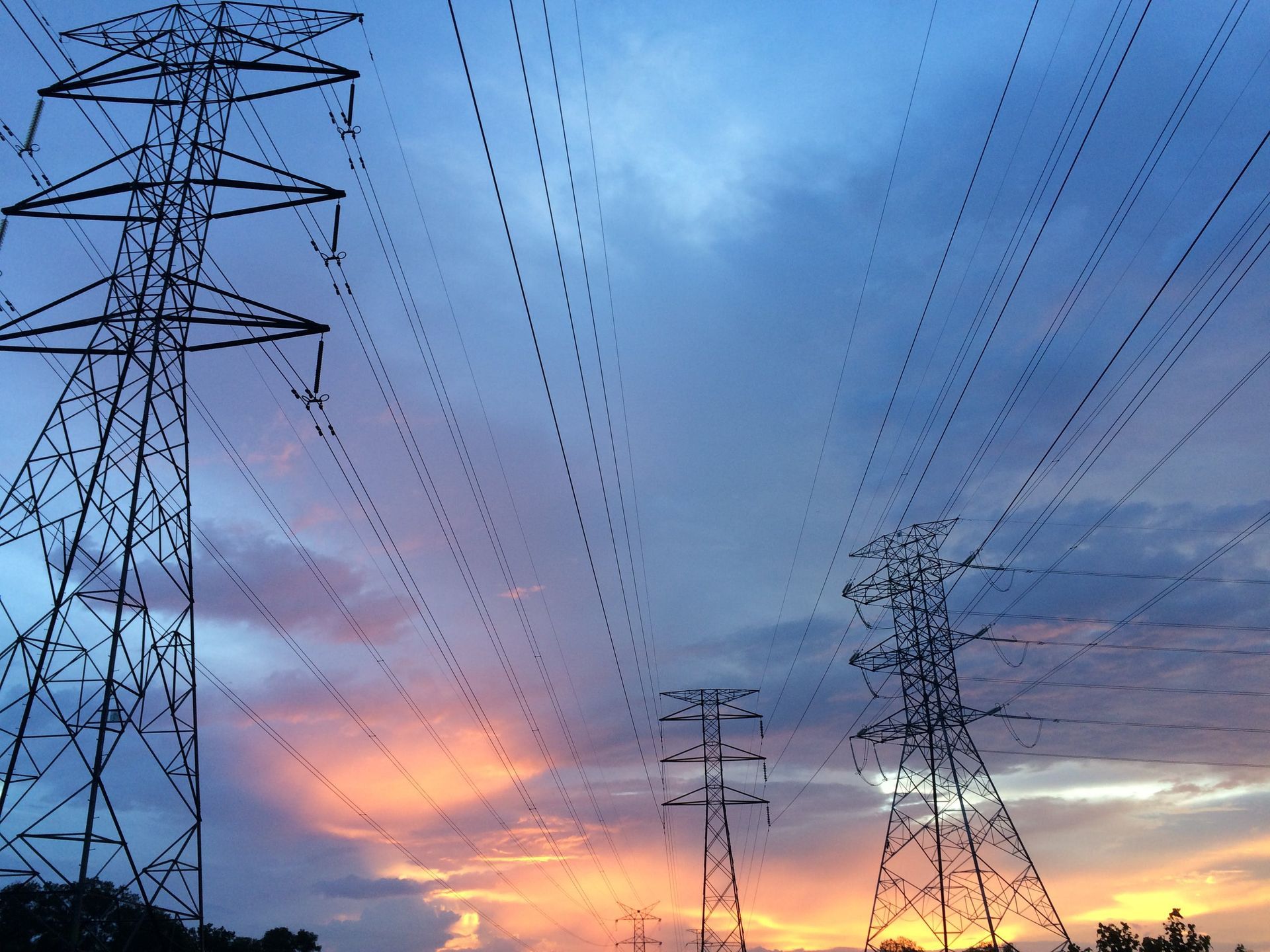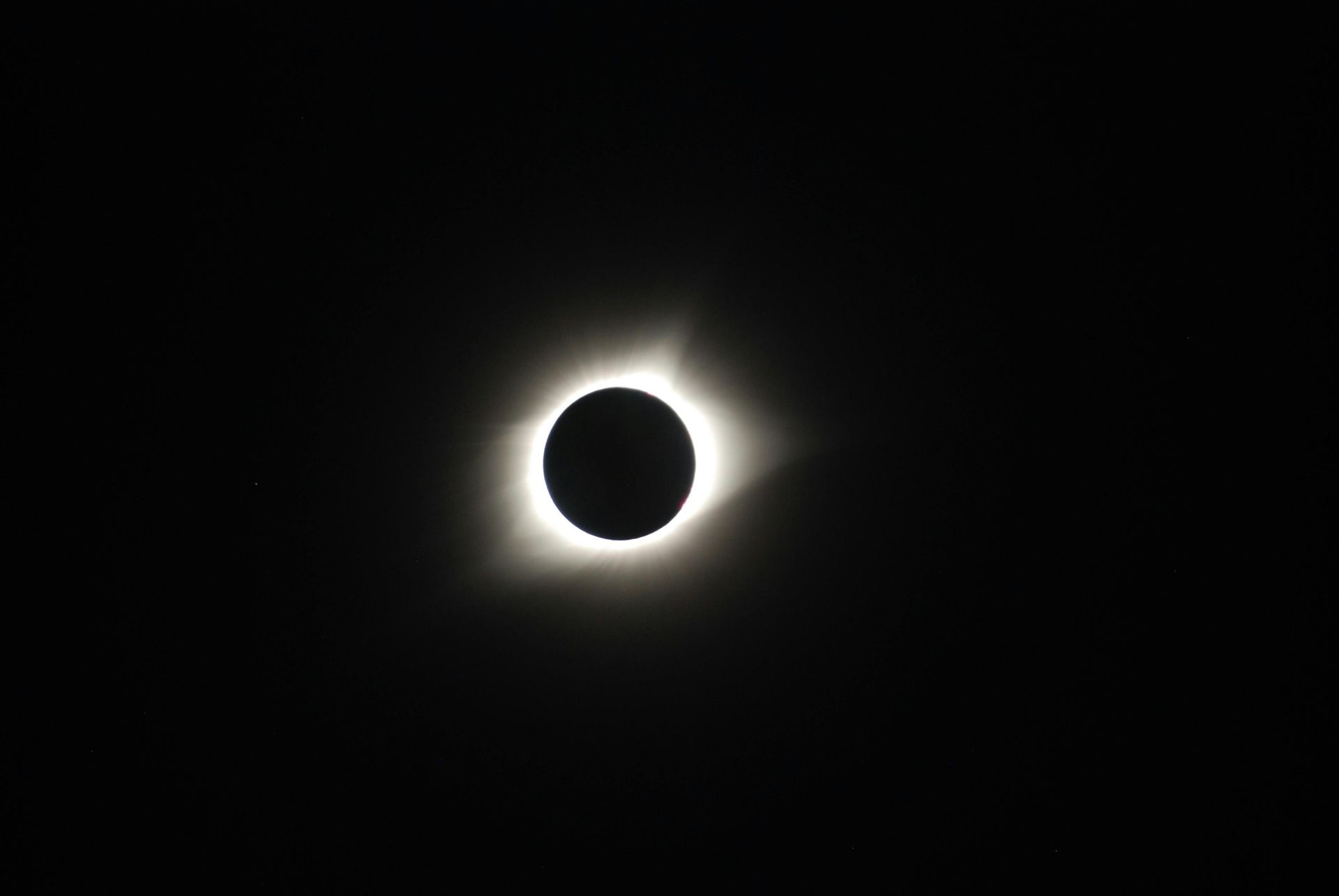The Direct Pay Incentive Unveiled for Non-Profits in the Clean Energy Landscape
“What makes this incentive unique for non-profits is the ability to receive a payment equal to the full value of tax credits for building qualifying clean energy projects.”
In recent years, the global push towards sustainable and clean energy practices has gained considerable momentum. Governments worldwide are enacting legislation to encourage cleaner energy sources, and one such groundbreaking initiative, through the Inflation Reduction Act, is the Direct Pay (Elective Pay) incentive. While this program is designed to benefit various entities, its potential impact on non-profit organizations is particularly noteworthy. In this conversation will delve into the benefits and value proposition of the Direct Pay incentive for non-profits, shedding light on how this financial tool can catalyze positive change for your community & organization.
Understanding Direct Pay for Non-Profits:
This incentive is a result of the Inflation Reduction Act, introducing tax credits for clean energy technologies and expanding opportunities for entities involved in manufacturing, installing, and producing clean energy. What makes this incentive unique for non-profits is the ability to receive a payment equal to the full value of tax credits for building qualifying clean energy projects.
Key Benefits for Non-Profits:
Financial Empowerment:
The Direct Pay incentive offers a financial tool to non-profits by enabling them to receive payments for tax credits, even if they don't owe federal income tax. This financial empowerment opens doors for non-profits to actively participate in building the clean energy economy, reducing costs for the organization, and championing environmental justice.
Expanded Project Scope:
- With Direct Pay, non-profits can now undertake a broader range of clean energy projects. The 12 applicable tax credits cover diverse initiatives, including generating clean electricity through solar and wind projects, building community solar projects, installing electric vehicle (EV) charging infrastructure, and purchasing clean vehicles for fleets. This expanded project scope allows non-profits to make a more significant impact in their communities.
- Risk Mitigation:
- Unlike competitive grant and loan programs where success is not guaranteed, Direct Pay ensures that non-profits receive their payment if they meet the specified requirements for both direct pay and the underlying tax credit. This feature minimizes the financial risk associated with clean energy projects, providing non-profits with more certainty and stability.
- Environmental Stewardship:
- The ability to access Direct Pay for clean energy projects aligns seamlessly with the mission of many non-profits focused on environmental stewardship. By leveraging this incentive, non-profits can actively contribute to the reduction of carbon emissions, promote the use of renewable energy, and advance sustainable practices in their communities.
- Community Impact:
- Clean energy projects supported by Direct Pay can have a direct and positive impact on local communities. From providing clean and affordable energy. The program supports facilitating the adoption of electric vehicles. Non-profits can play a pivotal role in enhancing the overall well-being of the communities they serve.
Navigating the Direct Pay Process for Non-Profits:
- Understanding the process of utilizing Direct Pay is crucial for non-profits to reap its benefits. Organizations must identify and pursue qualifying clean energy projects, complete pre-filing registration with the IRS, and ensure all eligibility requirements are met for the incentive and any applicable adders. While there is limited guidance for the registration process, managing the submission process takes time and effort; however, the risk is low and the benefits are significant.
- Potential Challenges and Considerations:
- While the Direct Pay incentive presents a plethora of opportunities for non-profits, it's essential to acknowledge potential challenges and considerations. Non-profits should stay informed about updates and news related to implementation and any changes in regulations. Consulting with a tax advisor is also recommended to navigate the complex landscape of tax credits and ensure compliance with the evolving requirements.
- The Direct Pay incentive emerges as a game-changer for non-profit organizations, offering a pathway to financial empowerment and expanded opportunities in the clean energy sector. By leveraging this incentive, non-profits can go beyond their traditional roles, actively participating in the green revolution, and making substantial contributions to environmental sustainability. As governments continue to prioritize clean energy initiatives, non-profits equipped with the Direct Pay incentive are poised to become catalysts for positive change, fostering a cleaner and greener future for generations to come.
About Ecological Systems
Ecological Systems was the first NABCEP certified installer of solar systems in NJ. Founded in 1985 Ecological Systems has 40 years of experience in the industry and a leader in the New Jersey non-profit Market. We are committed to providing the highest quality service and support. We have a dedicated team of experts who can assist you with the following:
Direct Pay Process Management and Submission.
Our team is well-versed in the intricacies of state, local, and federal regulations, including NJ’s Clean Energy Program. We will work with you to ensure that all necessary paperwork and processes are completed accurately and efficiently, saving you money, time and stress.
- SREC Management: Are you familiar with SRECs or unsure how to participate and sell your solar credits?
- We understand the importance of managing and selling your Solar Renewable Energy Credits (SRECs). Our team will help you navigate the complexities of the SREC market, ensuring that you receive the best value for your credits and stay compliant with all regulations.
- Solar Array & System design and installation
- We are vertically integrated installers of solar, you can relax knowing that you are in the best hands. Our installation technicians work quickly and efficiently to complete all aspects of the installation. You can rest assured that we will continue to be here for all of your solar needs.
- Ongoing Service and Management:
- We pride ourselves on providing exceptional service to our clients. Our team will be there for you every step of the way, offering ongoing support, system maintenance, and management to ensure that your solar system continues to perform at its best.
We invite you to contact us at your earliest convenience to discuss how we can help you with your organization’s clean energy transformation.



Illuminating Communities: The Social Benefits of Distributed Photovoltaic Solar Arrays in New Jersey
Business Hours
- Mon - Fri
- -
- Sat - Sun
- Appointment Only
All Rights Reserved | Ecological Systems LLC | Privacy Policy







Share On: